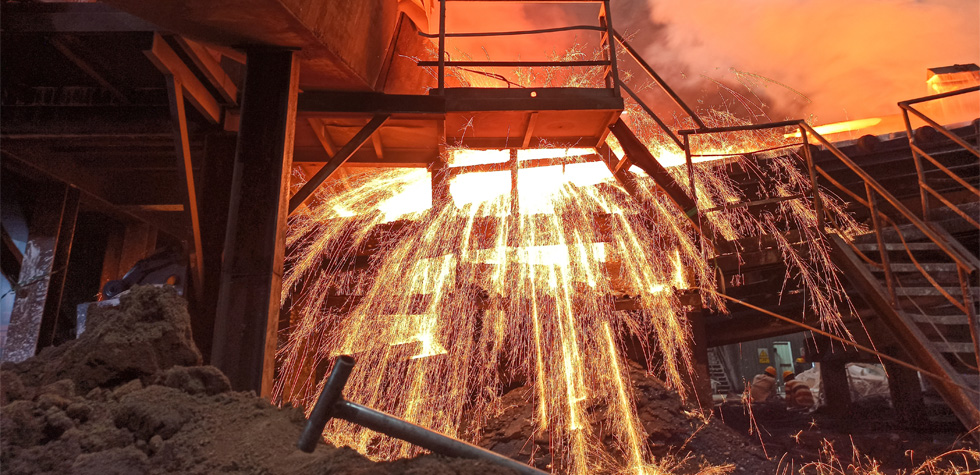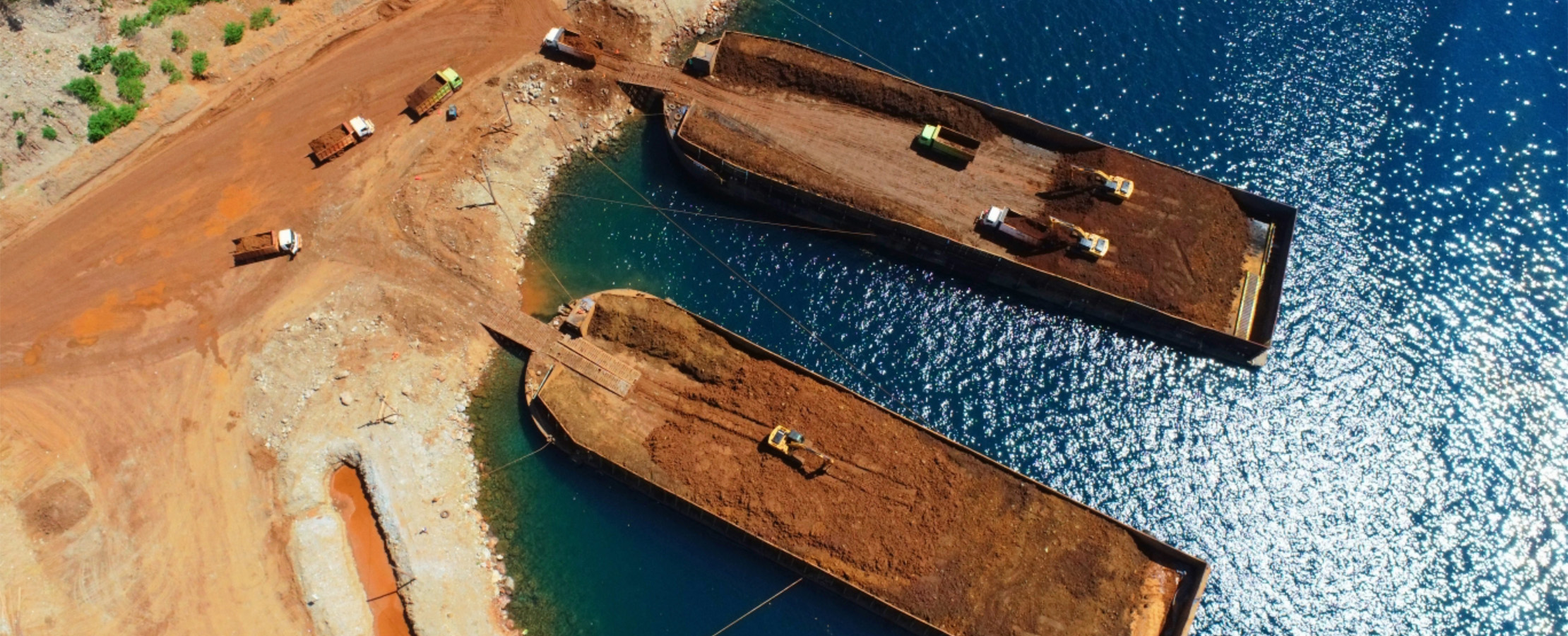Nickel - a mineral with a challenging role in clean tech
Nickel is crucial for the transition to net-zero and demand is set to grow 65% this decade. The industry must adopt more sustainable practices to ensure its environmental impact is kept to a minimum.
Nickel is a versatile metal, long used in currency and stainless steel, and now with an important role to play in the energy transition. The coming years will likely see an explosion in demand – the IEA predicts an increase of around 65 percent by the end of the decade.
This comes amid growing demand for these resources. A meta-analysis of reports on this trend affirms that clean energy technologies are rapidly emerging as the sector with the fastest growth in demand for nickel and other critical minerals.
With the nickel industry often associated with environmental damage, it now faces the twin challenge of hiking production levels and enhancing sustainable practices.
Nickel and the energy transition
Nickel is an important element in energy storage technologies and has been for many years. Its ability to improve storage capacity at low cost was instrumental in miniaturizing batteries and enabling the portable electronic devices we use every day.
Today, nickel is being used in higher and higher quantities in the cathodes of lithium-ion batteries for EVs, improving their performance and helping combat a major barrier to EV adoption: limited range. At the start of the decade, just four percent of nickel produced globally was used in car batteries, but this could increase to as much as 40 percent by 2030 as bans on internal combustion engine vehicles approach in many markets.
Demand is not just being driven by the EV market, but the energy transition more broadly – nickel is required for high-performance alloys used in wind turbines and solar panels, as well as for catalysts for green hydrogen production. According to the IEF’s meta-analysis, annual demand for nickel driven by the energy transition could increase from less than one million metric tons today to two to five million metric tons by 2050.
The cost of nickel production
The urgent problem of unsustainable practices in the nickel industry was brought to attention in 2020 when Tesla CEO Elon Musk was reported to have offered "a giant contract" for companies capable of mining nickel efficiently and in an environmentally-sensitive way.
The industry is facing a multitude of environmental challenges, ranging from water use to greenhouse gas emissions.

Most notably, there is considerable water pollution found near nickel mines, in which heavy metals contaminate waterways, harming aquatic life and public health. This often goes hand-in-hand with habitat destruction (with deforestation having knock-on effects such as damaging biodiversity and weakening defenses against erosion) and air pollution.
Once nickel has been extracted, processing it has further impacts on the environment – nickel smelting, for instance, is an energy-intensive process associated with high emissions of greenhouse gases and particulate matter.
The move to sustainable mining
Ensuring nickel can continue to be produced more sustainably will require new industrial practices.
Technological advances could reduce nickel’s environmental impact. For instance, there is increased interest in high-pressure acid leaching for nickel, which offers a less energy-intensive alternative to traditional extraction techniques. Research into bioleaching – which uses microorganisms to extract metals from ore, or even from e-waste – could even negate the need for high temperatures entirely.
In response to demand for cleaner nickel, some smaller mining companies have announced plans for carbon-neutral production, while Australia-based Queensland Pacific Metals has laid out the TECH project, which aims to process nickel for batteries in a sustainable manner – time will tell if more established industry players pick up the gauntlet.
Can the industry change?
Adoption of sustainable mining techniques must be paired with broader action to mitigate environmental risk, sometimes involving other parties: from researchers to community groups.
The industry must support R&D into cleaner extraction and processing techniques; engage with ecologists and local groups on remediation efforts (including restoration of damaged ecosystems); and collaborate with authorities to develop and uphold environmental standards and regulations to bolster confidence in the sector’s activities. Mining companies must also work together to enable greater transparency and accountability in the nickel supply chain, such that buyers can have confidence that their purchases have not come at an unacceptable environmental cost.
Nickel is a critical element of the energy transition – it is imperative that production can be scaled up with a minimum of environmental impact.






